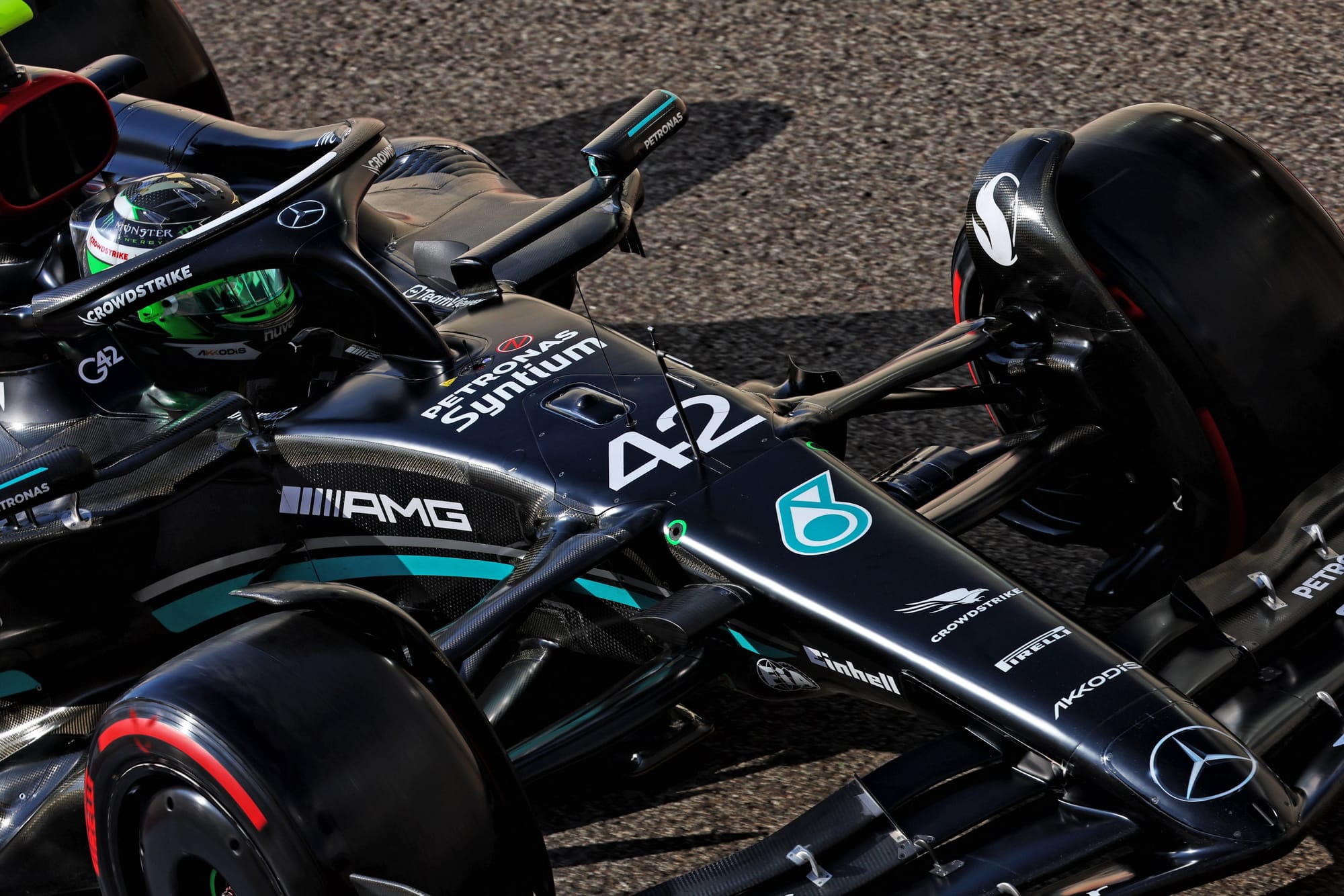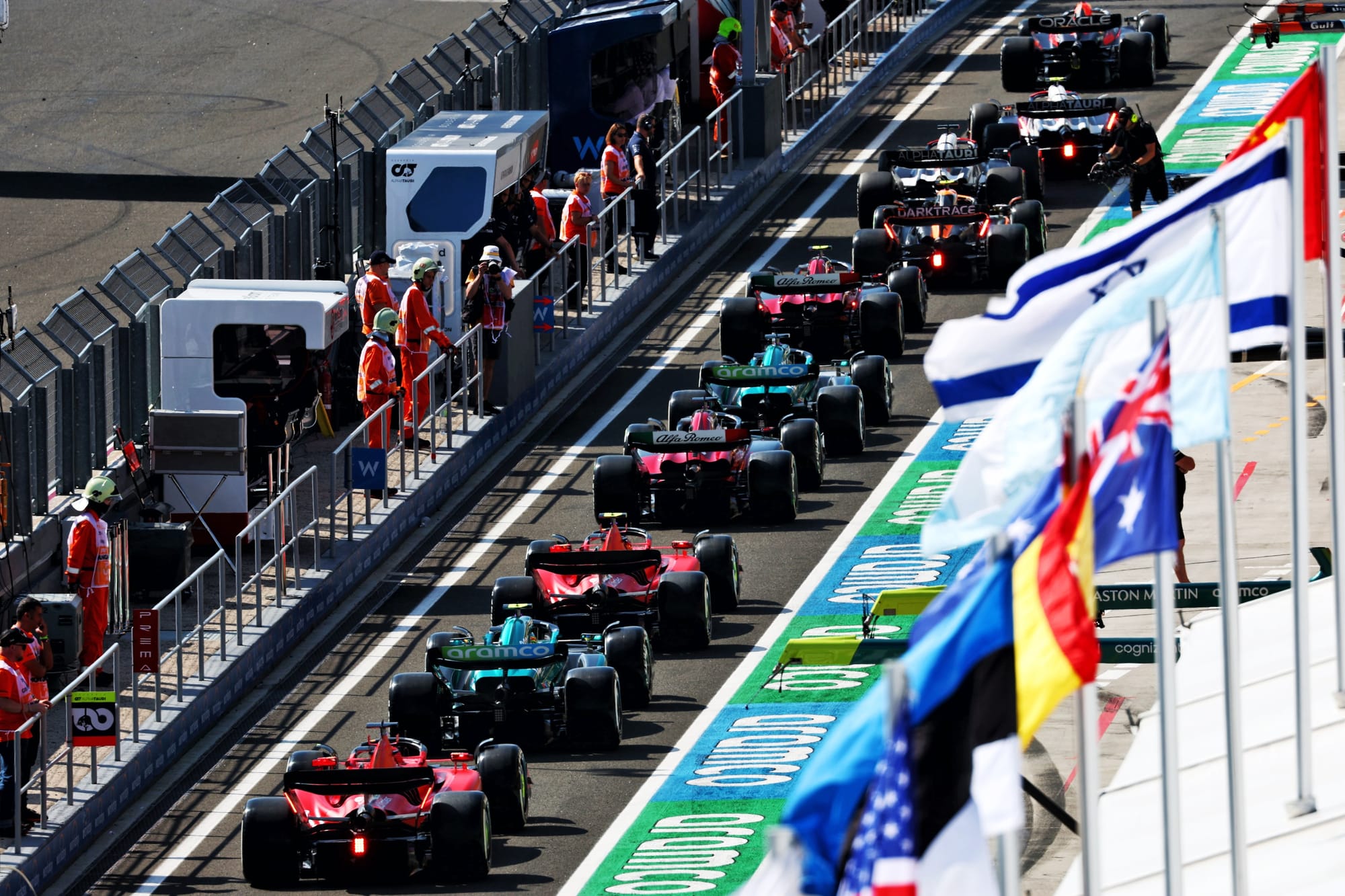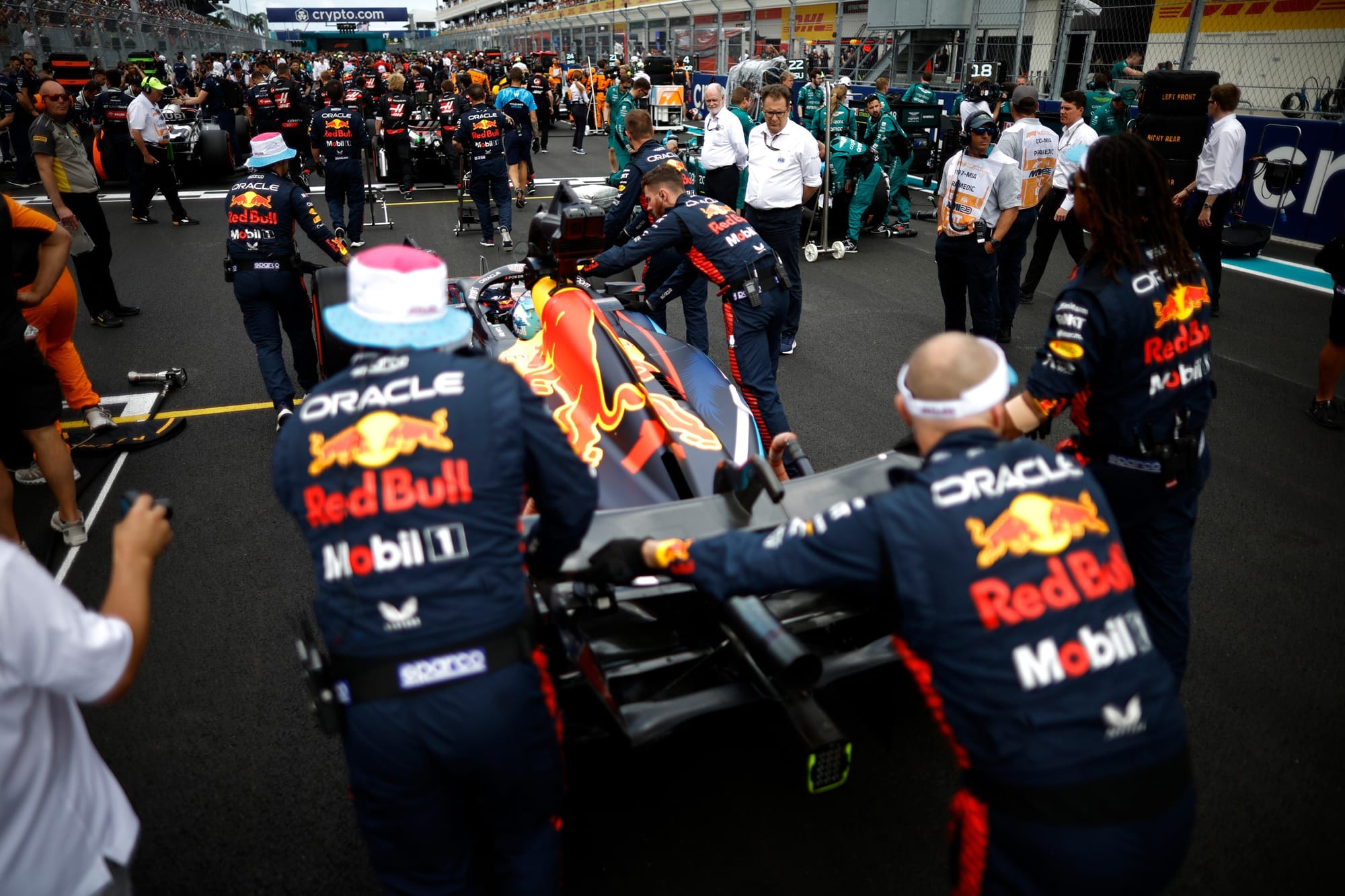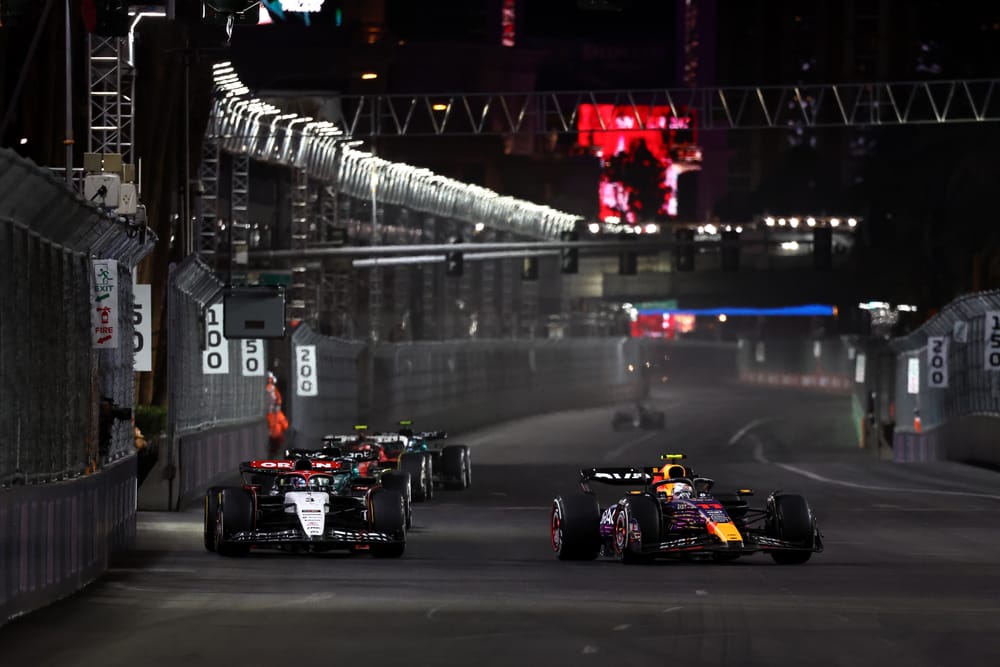Up Next

There’s an easy way for Formula 1 to structure the sprint weekends to create something that’s more than just 'part one' of a Sunday grand prix.
The final format won’t be decided until January, so here’s my suggestion - with hope someone with a bit of clout reads it.
The whole structure of the weekend needs to be changed, much more than F1 is planning to. And there’s a way to make sprints more of a standalone feature in the weekend but with them still integrated into the rest of the timetable.
The first one-hour free practice session on Friday would require teams to run drivers who have started no more than two grands prix over the past two years. It’s time to give the up-and-coming drivers a proper chance to show how talented they are.

If teams don’t want to take the risk then they can leave the car in the garage, but they aren’t going to learn anything so I’m confident they would make sure they had a suitable driver to do the running. You could even put an age limit of, say, 25 on it to stop them using drivers with lots of experience in other formula series.
Then on Friday afternoon you have a second one-hour free practice session with your two race drivers. That’s their opportunity to work on the car for the weekend and it makes sense to limit their practice running so that their job is tougher for the rest of the weekend.
On Saturday morning, you have the qualifying session. That’s not the first qualifying, but the only qualifying session - so you avoid having it repeated. It would start with a 20-car, 20-minute Q1 session that works as the normal Q1, i.e. sets the last five places on the grid.
But that same Q1 session would also set the overall sprint race grid - except in reverse order.

That means that ideally you will want to finish 15th in Q1, because that puts you well up the grid for the sprint but still allows you to advance to Q2 to earn a good starting position for the main race.
Then it’s a question of strategy - how precise can you be with your laptime and how much of a risk will you take? As we have seen on many occasions, the track improvement is very difficult to predict.
Then you have 15 minutes for Q2 as normal and 10 minutes for Q3, with the slowest five cars being eliminated in both. Then you have a new five-minute Q4 to decide the top five - it would be a short, sharp session that gives time for one flying lap to decide the fight for pole position.
The sprint is held on the Saturday afternoon, with the grand prix on Sunday as normal.
This structure avoids needing to give points for qualifying but you will have the sprint race with a very different grid, and one that could potentially offer more than eight points for a win.
It would create a dramatically different race - with the faster drivers and cars battling their way through slower ones while trying to settle their own fights. But the grand prix itself on the Sunday will still be the main event.

Right now, teams aren’t interested in making cars that work well in traffic but this format change might make them think again. It'd guarantee even the leading teams would regularly deal with running in traffic - and perhaps they would think a bit more about making the cars less sensitive to turbulence.
There’s been so much focus on rule changes to improve racing but perhaps the teams themselves need to learn a bit more about making the cars more robust in dirty air.
The sprint races need to be a different challenge - what we currently have is simply a shortened version of a grand prix. F1 has to offer something different and, so far, it has failed to do so.
It’s time for F1 to take a more aggressive approach and make use of the opportunity provided by the sprints without upsetting the purists.
Weekend concept
Fri AM - Rookie-only practice
Fri PM - Full-timer practice
Sat AM - Qualifying, Q1-Q2-Q3
Sat PM - Sprint (reversed grid set by Q1)
Sun - Grand Prix




